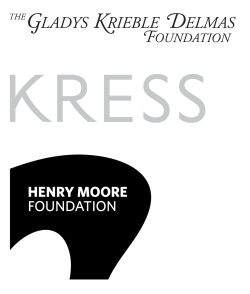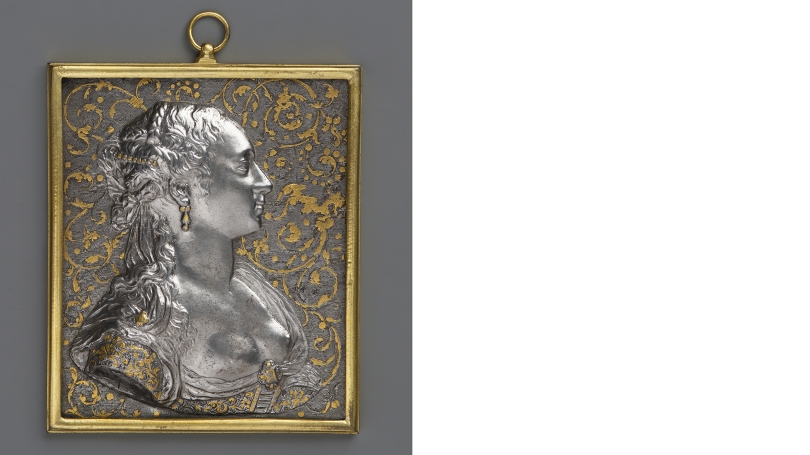About
Sculptures surround us in our daily lives. Similarly, they enlivened private and public spaces in medieval and Renaissance Europe, contributing to presentations of identity, practices of devotion, and promotions of nationhood. Featuring objects made across the continent, this exhibition examines the significance of sculpture between 1400 and 1750, an era of profound cultural and social change. Amid war, colonization, religious conflict, academic upheaval, and social stratification, these works of art ornamented homes, altars, libraries, and collections.
Organized thematically, this exhibition focuses on small-scale sculptures found in everyday spaces. New ways of making and designing sculpture enabled artists to enhance their status and develop their creativity. Meanwhile, useful sculptures like locks and inkwells communicated owners’ identities and prestige. Through practices of collecting and display, patrons harnessed sculpture to present their social connections and power. Sculpture also facilitated access to the divine, through objects that focused prayer and encouraged tactile connection with God. Similarly, sculptures forged a sense of history, recording contemporary events and promoting ideas about the past. Together, the sculptures presented here attest to how objects in bronze, wood, or stone gave meaning to people’s lives in early modern Europe.
Exhibition Curator
Ashley B. Offill | Elizabeth Rice Mattison
Related Publications
Living with Sculpture: Presence and Power in Europe, 1400–1750The Hood Museum of Art Quarterly, Spring 2024
Additional Information
gilded_sponsor_logos_for_website.jpg




